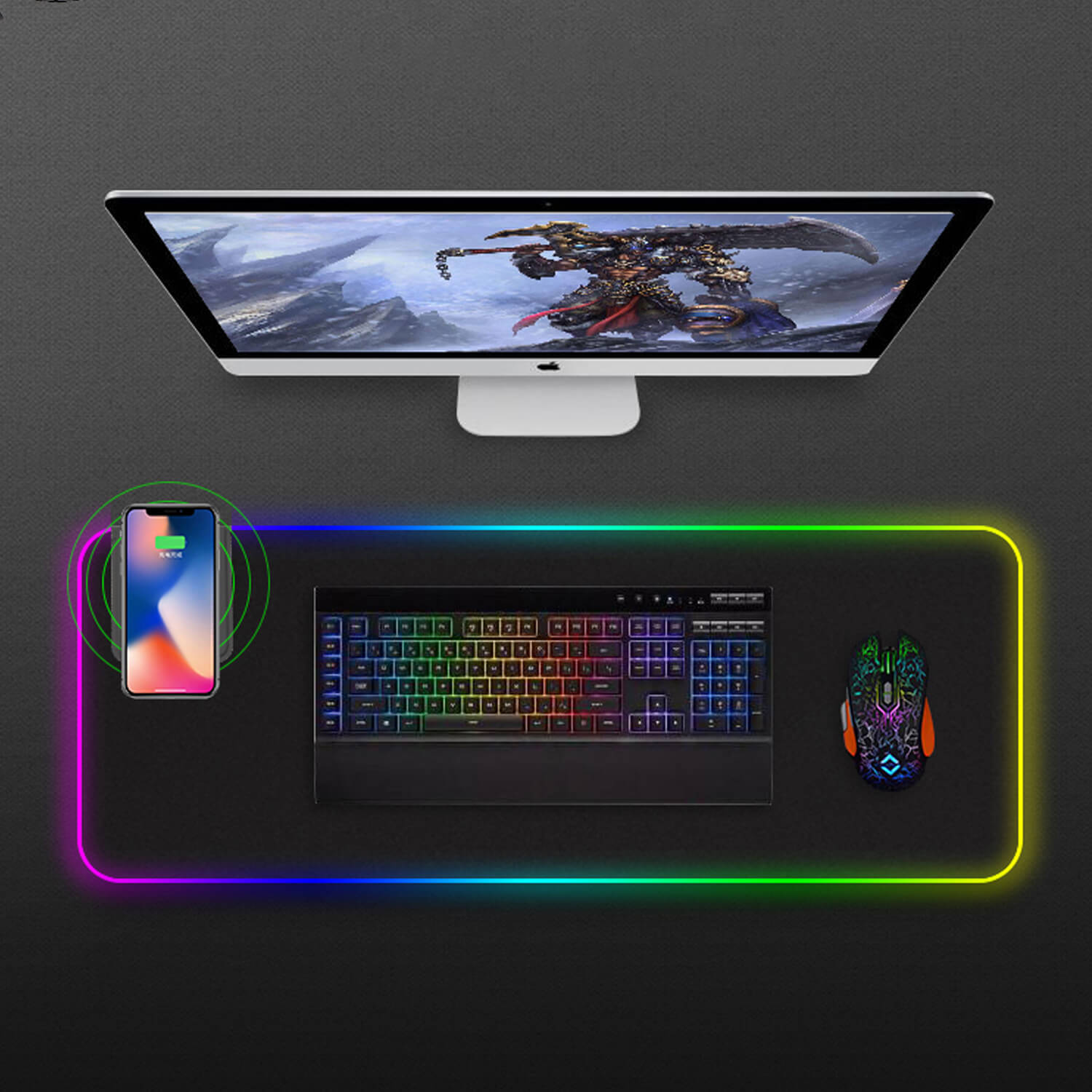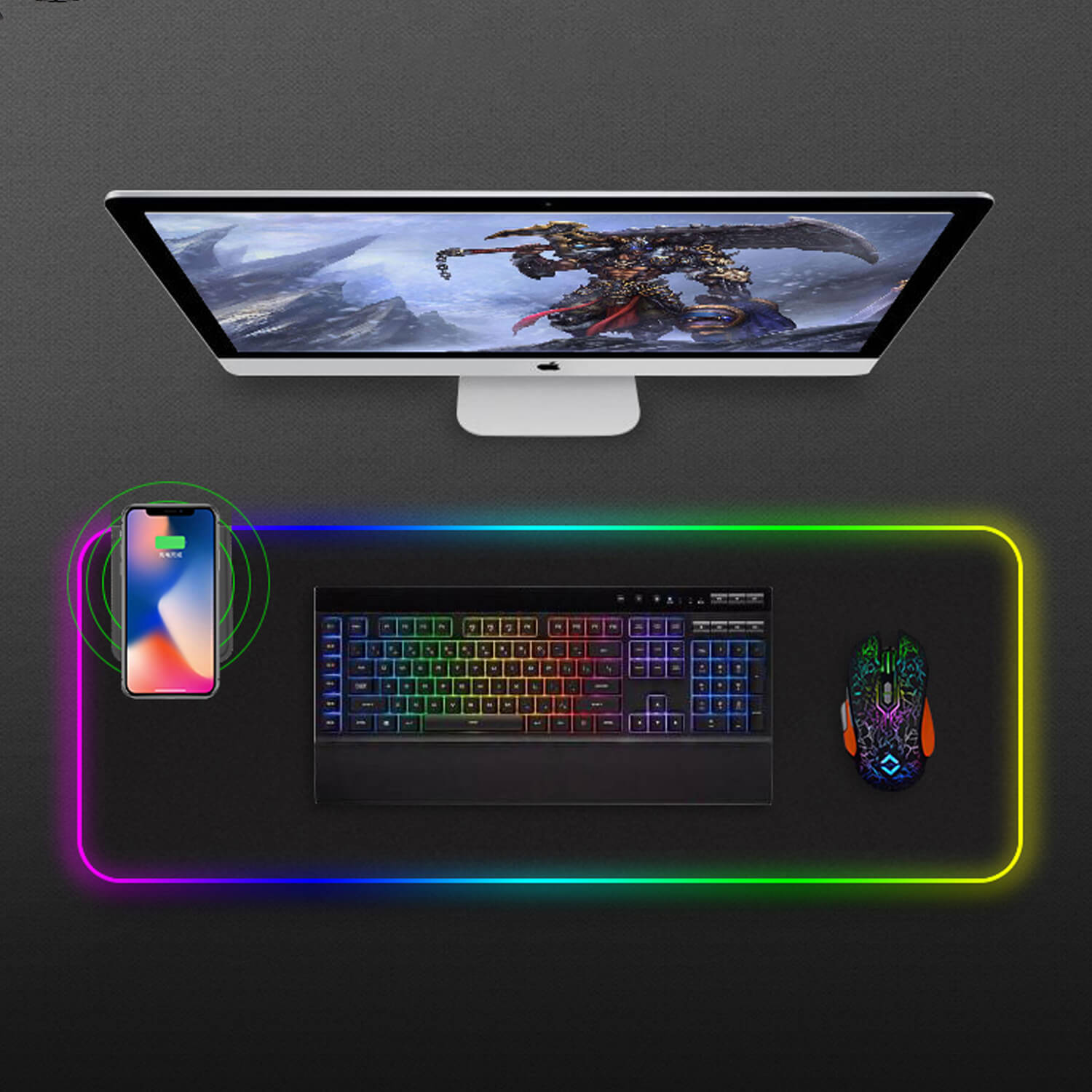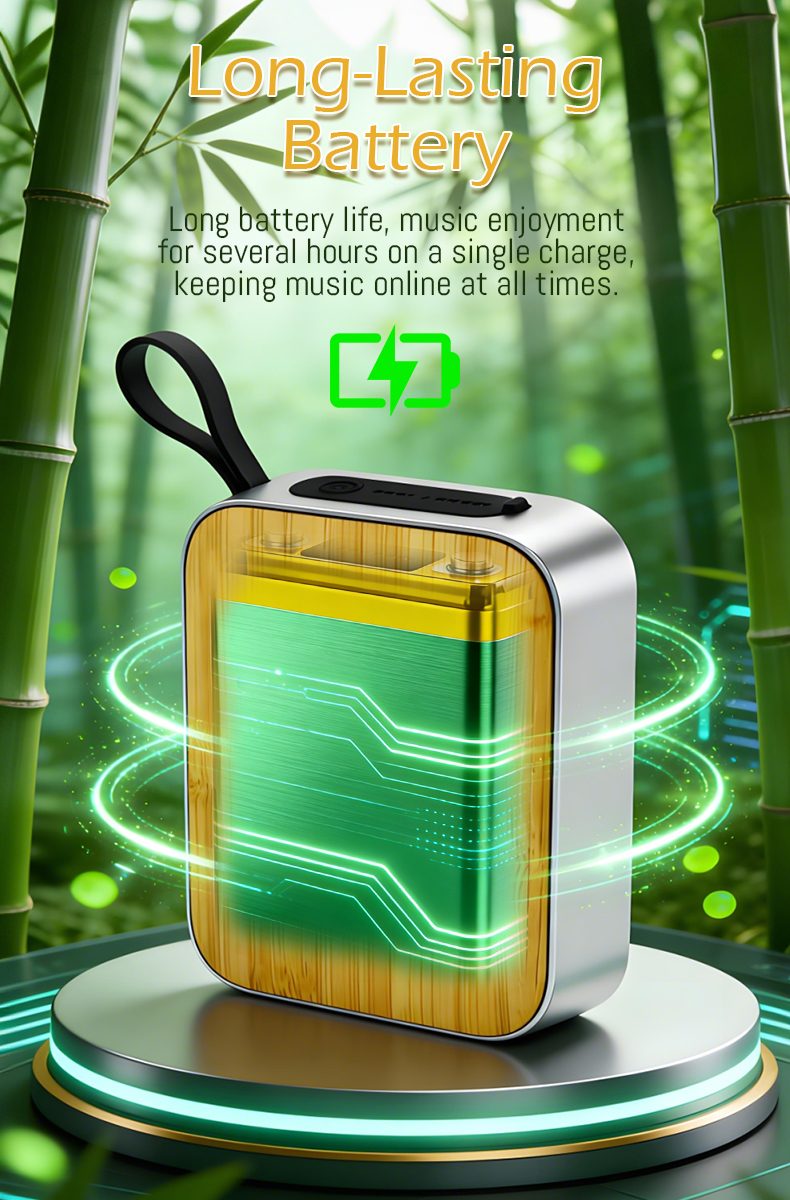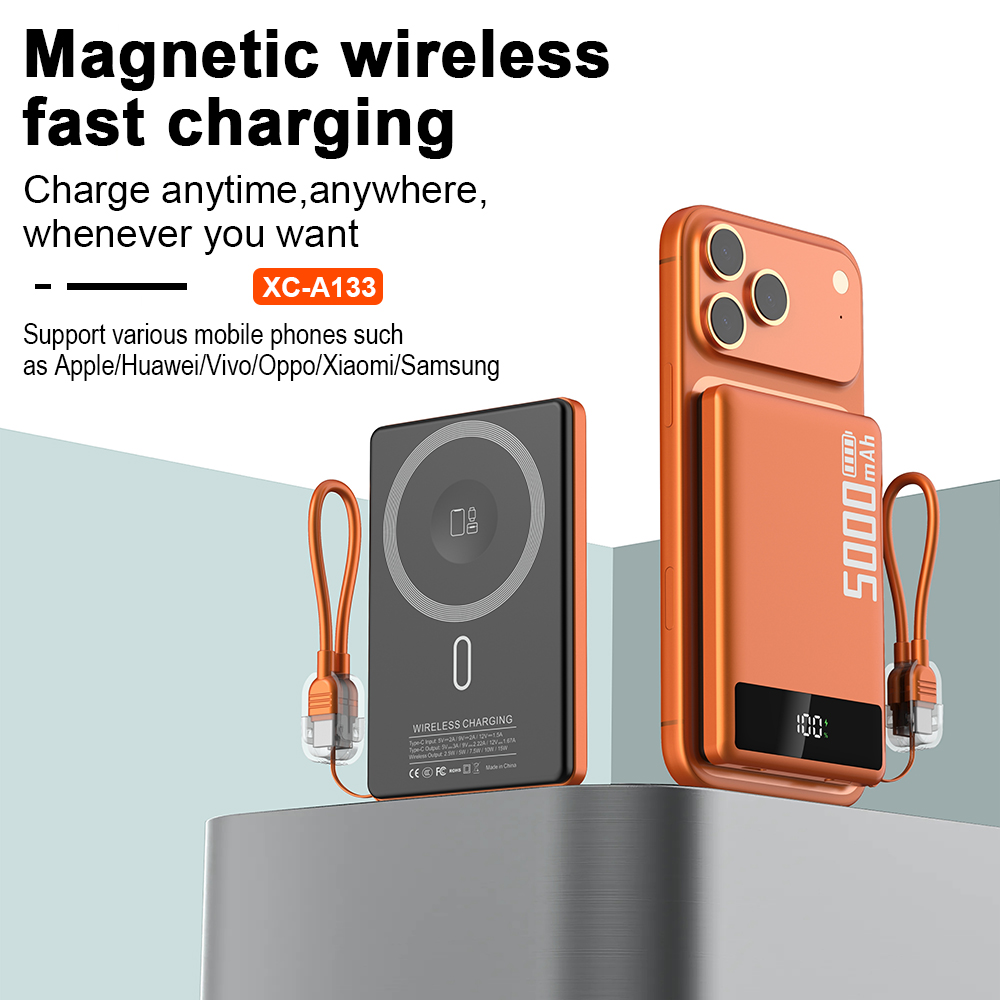Deciphering how wireless chargers work

Exploring the Technology Behind Wireless Charging
Deciphering how wireless chargers work is a fascinating journey into the world of technology. The concept of wirelessly charging devices has revolutionized the way we power up our devices. From smartphones to electric vehicles, wireless charging has eliminated the need for tangled cables and charging ports. In this article, we will delve into the intricate details of wireless charging and examine the underlying technology that makes it possible.The Principles of Wireless Charging
Wireless charging, also known as inductive charging, relies on the principles of electromagnetic fields. It involves transferring energy between two objects, the transmitter (charging pad) and the receiver (the device being charged), through a process called electromagnetic induction. This process requires a compatible charging pad and a device that supports wireless charging.
When the charging pad is connected to a power source, it generates a oscillating electromagnetic field. This field creates a current in the receiver, which is then converted back into electrical energy to charge the device's battery.
Components of a Wireless Charging System
A wireless charging system comprises three main components: the power source, the transmitter, and the receiver.The power source is usually a standard electrical outlet or a USB port, which provides the initial electrical current. The transmitter, or charging pad, contains a coil that generates the alternating magnetic field. The receiver, on the other hand, consists of a coil that captures the electromagnetic energy and converts it into electrical current to charge the device.
The charging pad and the device being charged must be aligned properly for efficient energy transfer. Some wireless chargers employ magnets to keep the device aligned with the charging pad.
The Role of Inductive Coupling
Inductive coupling is the key technology behind wireless charging. It enables the power transfer between the charging pad and the device being charged.Inductive coupling occurs when two coils of wire are placed in close proximity to each other. When an alternating current passes through the first coil (transmitter), it creates an oscillating magnetic field. This field induces a current in the second coil (receiver), allowing power to be transferred wirelessly.
The efficiency of inductive coupling can be affected by various factors, such as distance, alignment, and the presence of foreign objects. As a result, newer wireless chargers are equipped with advanced technologies like near-field communication (NFC) and electromagnetic shielding to improve the overall charging experience.
In conclusion, wireless chargers operate on the principles of electromagnetic induction and inductive coupling to transfer energy wirelessly. The technology behind wireless charging has come a long way, enabling us to conveniently power up our devices without the hassle of cords and cables. With continuous advancements in wireless charging technology, we can expect even faster and more efficient charging options in the future.



